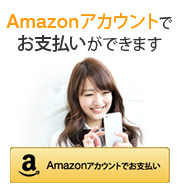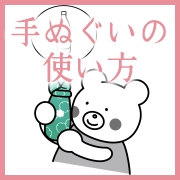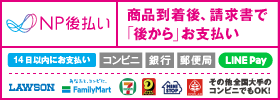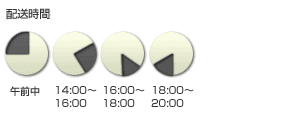手ぬぐいの使い方 その五 「カゴの目隠し」 <5. For a basket cover>

当時は、ガーゼや包帯などの役割から、現代のタオルや台拭や雑巾やハンカチなどの役割も担い、そのほかには縁起物としての贈答品や配り物としても使われ、本来の汗や水の吸水の目的だけでなく様々な用途の広がりをみせていきました。
ここでは、「手ぬぐいの使い方」として、現代での使い方をイラスト入りでご紹介していきます。
その五は "カゴの目隠し" です!
カゴに入れた物のホコリよけとして手ぬぐいを掛けると、見た目もグッド。カゴバッグなど、ファスナーが付いていない中身が見えてしまうバッグの目隠しにもオススメです。
あまり見えて欲しくない収納に "手ぬぐいで目隠し" です(^^)
In Japanese history, the tenugui (Japanese towel) was originally used approximately between 700s and 1100s A.D. (Nara & Heian era in Japan). At that time, the tenugui was only available for people of high social status, because cloth was a valuable item. After the late 1100s (during the Kamakura era), the tenugui gradually became available to commoners. In the 1600s, when cotton farming developed, the tenugui, as well as cotton fabric, became a common item for people in Japan.
Since then, tenugui usage has expanded from as a simple towel to absorb liquid to as a gauze bandage and a gift and giveaway item.
Below are some examples of how to use the tenugui during modern times (with illustrations):
<5. For a basket cover>
Using a tenugui as a basket cover makes the basket look stylish. Tenugui can cover contents in a bag that do not have lids.


























